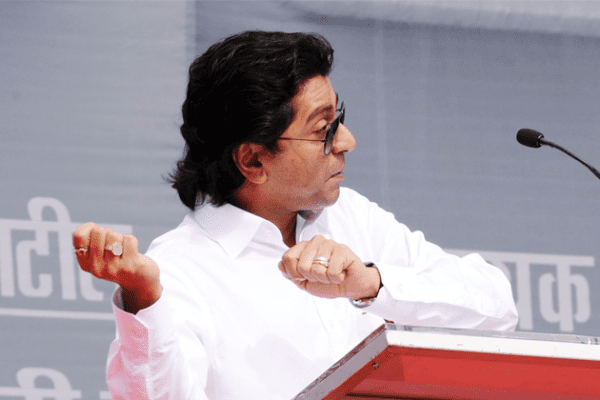Italian national Paolo Bosusco, who was abducted by the Maoists in Odisha has now been released, but this post emerges from a time when he was still in the custody of the country’s ‘biggest internal security threat’ in our dear PM’s words.
The anchor, Akash Banerjee, was discussing the Odisha Maoists’ refusal to release Bosusco till their demands were met on ‘Headlines Today’. Among the guests on the show was P Govindan Kutty, the editor of ‘People’s March’. Kutty was not in the studio, but was connected via AV link, with an earphone. Some way into the discussion, Banerjee—his voice laced with just the right dose of jingoism—asked Kutty if the Maoists were not behaving like terrorists by not releasing Bosusco though the Odisha government had agreed to their demands in principle.
Did they not have any honour? First, they’d committed a crime by abducting a foreign national, and then they were going back on their words, barked Banerjee. Kutty offered a rather meek defence, saying that the Maosists were within their rights to abduct since they were fighting for the people, against the state. He noted that the said tourist was involved in exploiting the locals. For the brief while that he spoke, he was interrupted with strident, loud questions by Banerjee. Then, somebody decided that the audience had enough of Kutty. His audio was muted, even though his video stayed on air, and clearly showed that he kept talking for quite some time after that, interjecting Banerjee’s hackneyed analysis.
Would Banerjee or the channel choose to silence out the guest if he/ she happened to be an influential person from the government/ media/ corporations?
Kutty was silenced because he is just a small fry, too small to matter in the schemata of the channel’s news presentation. He was probably called on the show just as a token gesture, to convey the impression that the channel was presenting ‘both sides’ of the story.
Yet, this muting out revealed more than it held back: it revealed the deep-seated bias that anchors and producers of the show, and perhaps much of the media hold. Most of television news is characterised by one star anchor trying to out-shout and ‘out-patriotise’ the other, while retaining the garb of objectivity.
The incident also revealed the discourse of power operative in the media: it decides who ought to be represented and how.
Talking of representation and the politics of representation in media texts reminds me of a similar unease after having watched The Otolith Group’s ‘Nervus Rerum’. The London-based group, founded in 2002 and comprising Kodwo Eshun and Anjalika Sagar, are ‘renowned for their videos, curatorial practice, writing, publications and development of discursive platforms for the close readings of documentary fictions’.
The Otolith duo mentioned in a discussion after the film that they made this film in collaboration with members of the refugee camp.
Nervus Rerum, Latin for the ‘nerve of things’, is a film about the Jenin refugee camp in Palestine. It confronts the problem of the representability of the people confined to a geographical enclave by the longstanding military occupation of the Israeli Defence Force. The filmmakers contended, in a discussion after the film that no matter how in-depth a film is, it can never represent the desperation of life in the refugee camp. Therefore, they had chosen to not have people narrate their hardships. The camera moved through the alleys of the camp, and framed people in their houses, staring listlessly and self-consciously out of their windows (perhaps because they had nothing to do–no jobs, no joys; but also perhaps, it seemed, because they were instructed to do so).
The filmmaker duo mentioned that the people in the camp were collaborators in the project; that they too decided that they did not want to speak, as they were fed up of narrating their plight. This very claim, however, failed to explain why the film had a shot of a middle aged man who was very obviously gesturing and saying something into the camera; strangely, his voice had been muted out, and replaced by the fillmaker’s voiceover.
If this was indeed a collaborative project, why shut the guy out? Why use his image to fit the (filmmakers’) agenda of stating that silence perhaps speaks more than words? That the desperation of life in Palestine is un-representable? Surely, the engagement with creating nuanced moving images ought not be at the cost of people’s voices.
While this silencing showed how producers of ‘nuanced’ media texts are often merely looking for images and words to fit their predetermined frame, it also exposed how they functioned from their hierarchical position in the power structure vis-a-vis the filmed. Similar was the case of Banerjee muting out Kutty on prime time news.
The silencing of the refugee camp inhabitant in Nervus Rerum spoke not of the inhabitants’ but of the filmmakers’ anxieties about their own practice. Was the silencing of Kutty also about the anchor’s and the channel’s anxieties?


